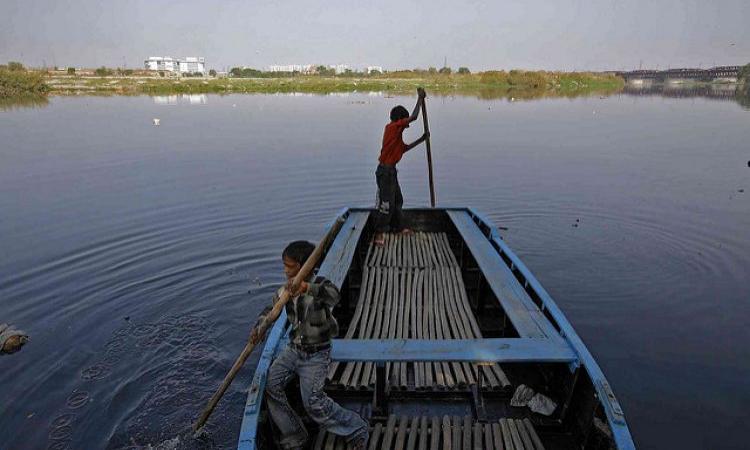
Soon a national framework for e-flows in all major rivers
To ensure minimum and uninterrupted flow of water round-the-year in rivers across the country, the government is working to have a national framework for implementation and monitoring of e-flows (environmental flows) in all major rivers. The draft guidance document on the subject has already been released with an aim to develop a mechanism for quantitatively assessing the benefits and impacts of e-flows on socio-economic and river ecosystem services. Also, detailed studies are currently being carried out in three different hydro-climatic regions- Ramganga (perennial Himalayan river), Mahanadi delta (Peninsular river) and Bharatapuzha river (Western Ghats) - as pilot study projects for evolving appropriate methodologies for assessment of e-flows in rivers. (The Times of India)
After five years, arrival of northeast monsoon and retreat of southwest monsoon coincides
For the first time in the last five years, the southwest monsoon completely withdrew from the country on the day of the arrival of the north-east monsoon. This happened in 2014. Over the years, the withdrawal of the southwest monsoon is getting delayed and the monsoon is getting longer. This shift is clearly visible from 2010 onwards. While scientists believe it to be climate change causing the shift, Dr. K J Ramesh, former Chief of Indian Meteorological Department (IMD) says it is mostly because more low pressure systems are forming over the Bay of Bengal, which are keeping the monsoon active and bringing rains in September. (Livemint)
West Bengal's Salt lake and several metro cities shrinking at an alarming rate, reports GSI
According to Geological Survey of India, the Salt Lake area, on the eastern fringes of Kolkata, is shrinking at an alarming rate. The data recorded over the past two-and-a-half years by the global positioning system (GPS) station at GSI's Salt Lake office has revealed that the area is subsiding at a rate of nearly 19-20mm per year. Moreover, the report has informed that along with the lake, the adjoining areas in Kolkata are also shrinking and a similar pattern is observed in Jaipur, Dehradun, Hyderabad and Bangalore. GSI is yet to find out whether the land subsidence is occurring due to groundwater withdrawal or tectonic movement. (India Today)
Tamil Nadu all set to deploy an intelligent flood warning system
The state will soon be deploying an intelligent flood warning system in Chennai, which will enable the officials to get area-wise inundation details during the monsoon. The technology, called CFLOWS, which is India’s first integrated coastal flood warning system, is a Web GIS-based decision support system, integrating data and outputs, derived from weather forecast, hydrologic, hydraulic and hydrodynamic models. The system would be tested for 1-2 weeks before being integrated with TN-Smart, the state government’s disaster management portal. As of now, CFLOWS is designed for core urban area of the city, spread across 426 sq km, later, it will be extended to cover the Greater Chennai Corporation limits. (The New Indian Express)
Fresh hope for Gangetic river dolphin in UP as three healthy calves spotted
The annual Ganges river dolphin census has revealed that the population of the dolphin Uttar Pradesh has increased from 33 in 2018 to 36 this year. The census which was conducted by WWF India and the Uttar Pradesh Forest Department (UPFD) in the upper Ganga stretch spotted three healthy dolphin calves. The census has infused fresh hope for the future of this mammal which is classified as 'endangered' on the IUCN's Red List of threatened species. Moreover, the team did not find any threat to water habitats of the dolphin from poaching, garbage dumping or illegal mining in the state. (The Times of India)
This is a roundup of important news published between October 16 - 22, 2019. Also read policy matters this week.